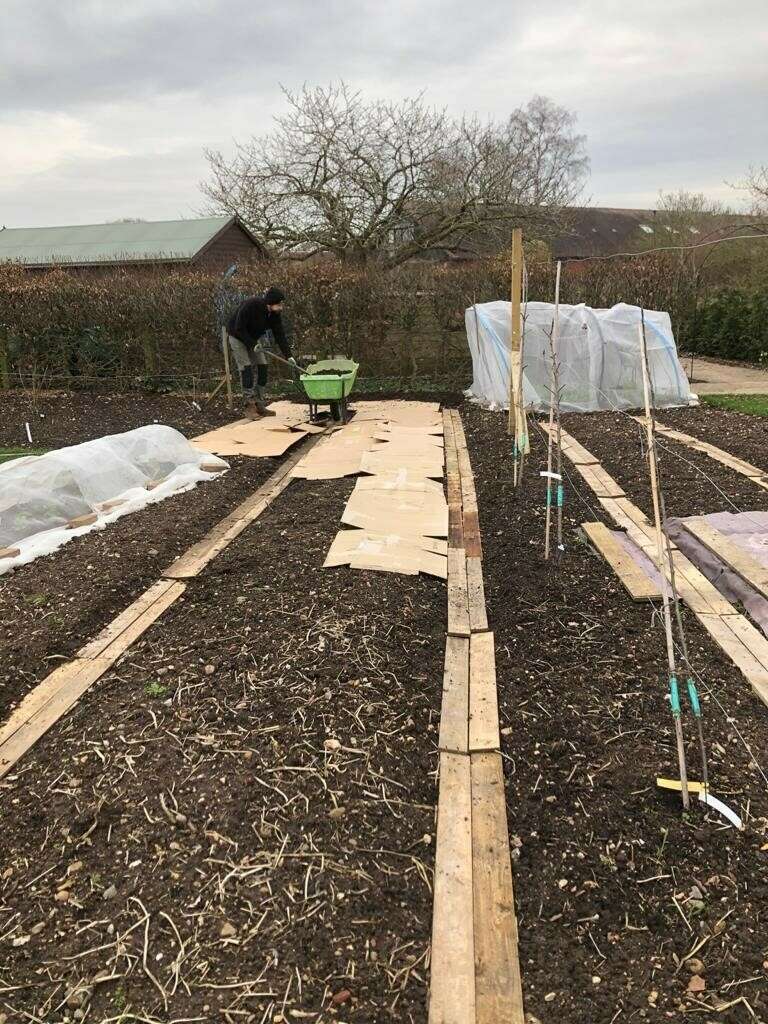Weeds
How to clear large areas of weeds

How to clear larger areas, such as an overgrown allotment or veg patch:
- Slash down high-standing weeds and then cover the area with a thick compost manure mulch (at least 20cms) and tread down firmly. You can also use sheets of cardboard under the mulch. Without light, the weeds will weaken and eventually die off. Use the slashed foliage and stems on the compost heap.
- Dig up deep-rooted weeds, such as dandelions and docks. Put foliage on the compost heap, and drown the roots in a bucket of water for a month or so. The water can be used as a liquid feed.
Persistent weeds such as bindweed have to be dug over regularly, removing as much root as possible. Using the above mulching method will make the soil much easier to dig roots out after a few months. If bindweed is woven into your herbaceous border, it is worth waiting until autumn and then digging up individual plants which you want to keep.
Clean the roots of the weed’s root fragments, and then replace with a well-composted bed that has been dug over to get out the weed roots. Often it will take a few years of constant digging to weaken the weeds and make it easier to keep on top of them.
Put the weed foliage and roots (but not flowers or seed heads) into a black plastic sack. Tie up the top and leave it in an out-of-the-way corner until it turns into gooey sludge, then compost it.
Remember, it is not just your own health that will benefit from not using toxic chemicals – you will be helping other life forms to thrive in your growing area. Leaving some weeds, such as a discreet area of stinging nettles, will provide food for pollinating insects, as well as leaves to make a liquid feed, high in nitrates.